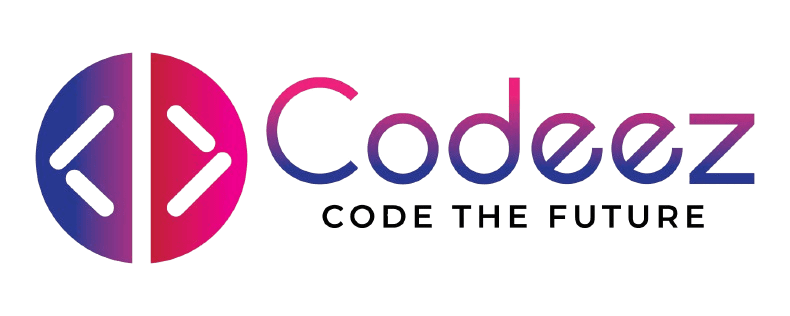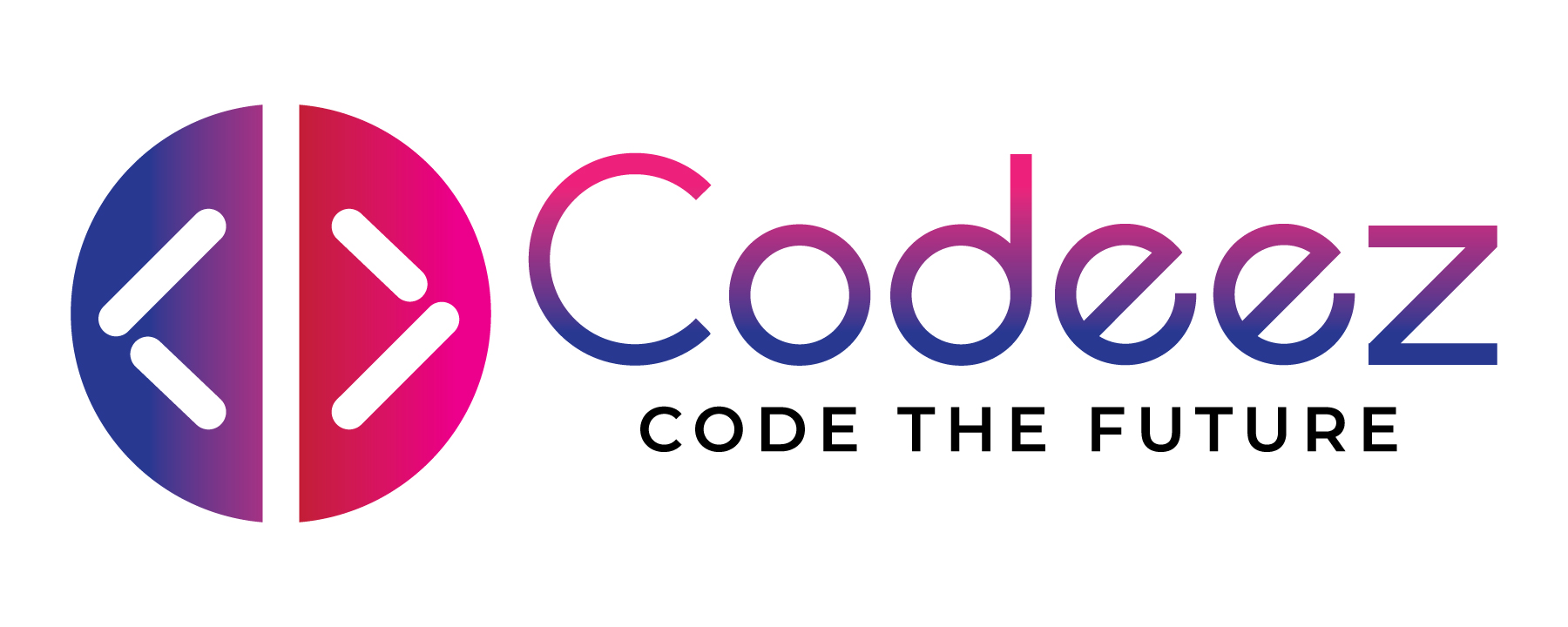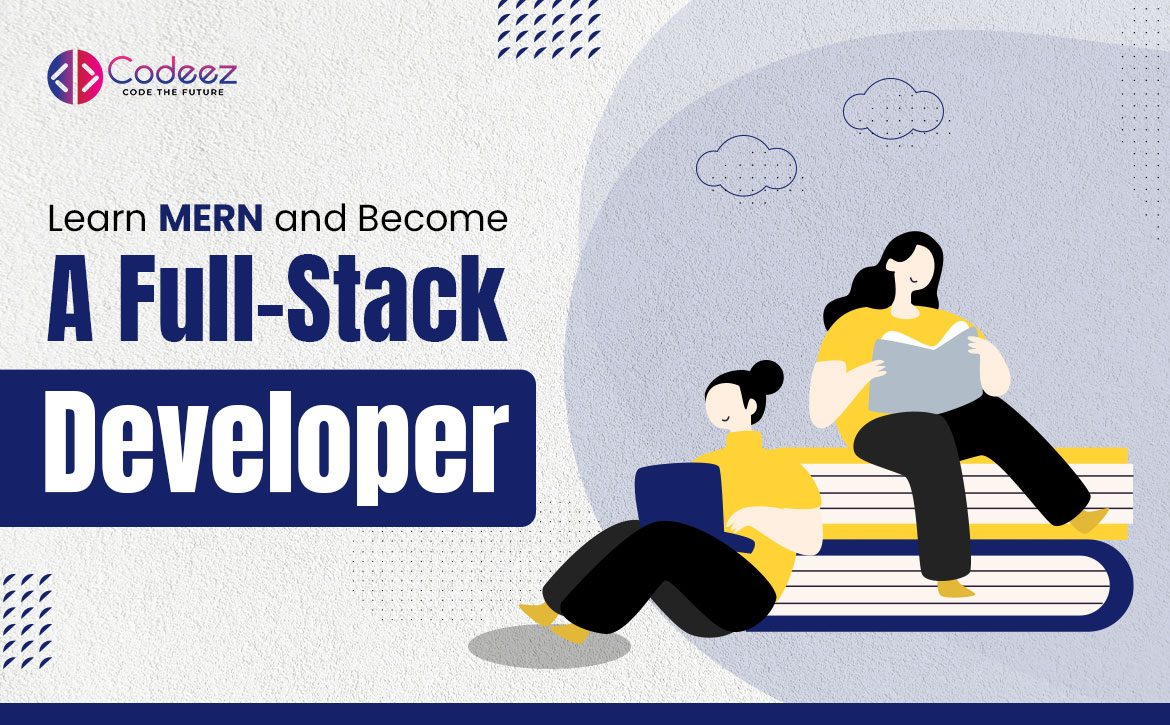If you’re looking to dive into web development, full-stack development is one of the most exciting and rewarding paths you can take. Whether you’re aiming to build a dynamic personal project or work in a professional setting, mastering both the front-end and back-end of web applications will give you the skills to create scalable, efficient, and impactful websites.
What is Full-Stack Development?
Full-stack development involves working with both the front-end (the part of a website that users interact with) and the back-end (the server-side that handles data and processes). As a full-stack developer, you need to know how to create the interface that users see and how to handle the data flow behind the scenes.
Key Technologies for Full-Stack Development
- Front-End: HTML, CSS, and JavaScript form the backbone of front-end development. With frameworks like React, Angular, and Vue.js, you can create responsive, dynamic user interfaces that adapt to different screen sizes.
- Back-End: On the back-end, languages like Node.js, Python (Django/Flask), and Ruby on Rails help you build the logic and functionality behind your website. You’ll also need to work with databases such as MongoDB or MySQL to store and retrieve data.
- Version Control: Familiarizing yourself with Git and platforms like GitHub is crucial for managing and collaborating on projects.


Why Full-Stack?
Full-stack developers are highly sought after in today’s tech industry because they have the capability to understand and manage every part of the development process. Mastering full-stack development not only opens up diverse job opportunities but also enables you to create end-to-end solutions, from the user interface to the server.
Building Scalable and Efficient Applications
To build scalable applications, you need to focus on performance, security, and maintainability.
Scalability: Techniques like load balancing and caching can help your web applications handle high traffic volumes.
Efficiency: Writing clean and modular code with reusable components will save time and make your codebase more maintainable in the long run.
As a full-stack developer, you have the flexibility to bring any idea to life, from small-scale personal projects to large, enterprise-level applications.



